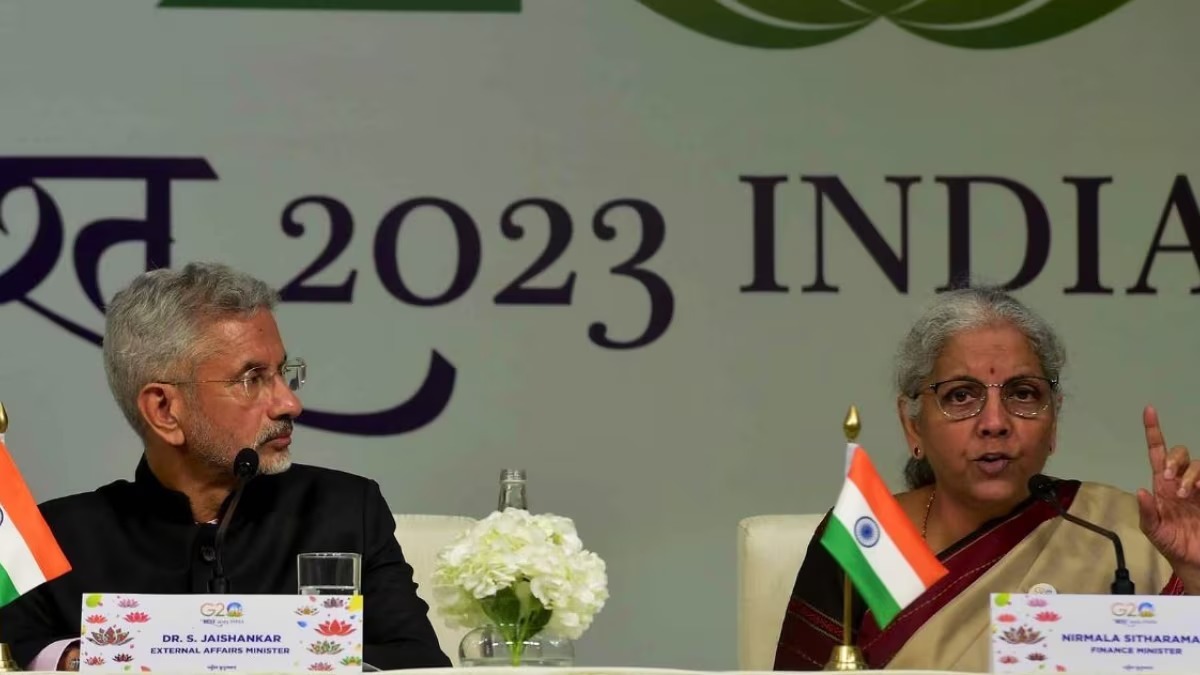On the Finance Track, G-20 to push forward on crypto regulation, MDB reforms
Context
Some of the 10 major outcomes achieved under the Finance Track of India’s G-20 presidency included paving the way for a coordinated global approach to regulating cryptocurrencies, enhancing the lending capacity of multilateral development banks, and replicating the use of digital public infrastructure like the India Stack to expand financial inclusion around the world.
What guidelines has the G20 pushed for cryptocurrency assets?
- The debate over cryptocurrency regulation gathered steam.
- The New Delhi Declaration underlined the demand for unambiguous regulations on digital assets.
- The Financial Stability Board’s (FSB) recommendations for the regulation, monitoring, and oversight of crypto-asset markets and activities were adopted by G-20 leaders.
What are the roles of MDBs in the world economy scenario?
The term “multilateral development banks” (MDBs) refers to financial organizations that lend money, give grants, and offer technical support to poor nations. Multiple member nations founded MDBs, which are governed by international law. They get gifts from wealthy countries, which are frequently referred to as foreign aid
- The G-20 leaders acknowledged the high need for development everywhere.
- The G-20 approved a plan for carrying out recommendations regarding the capital adequacy framework for MDBs.
- Over the next ten years, this plan may raise MDBs’ lending capacity by almost $200 billion.
What is the applicability of Digital Public Infrastructure (India Stack) in finance?
The phrase “India Stack” refers to a collection of digital infrastructure elements and services created in India to advance financial inclusion and offer citizens a wide range of digital services. It is a comprehensive technology stack created to make it easier to access different services online.
- Aadhaar: Every resident of India is given an Aadhaar, a 12-digit unique identity number, by the Indian government. It acts as a person’s digital identity. Aadhaar authentication is a critical part of the India Stack since it makes it possible to verify people securely and conveniently, which is necessary for many financial and non-financial services.
- E-KYC: India Stack offers electronic Know Your Customer (e-KYC) services, which let companies and financial institutions use Aadhaar authentication to digitally confirm the identity of clients. This improves the speed and efficiency of creating bank accounts, obtaining mobile connections, and accessing financial services while also streamlining customer onboarding procedures and reducing paperwork.
- Unified Payments Interface (UPI): The National Payments Corporation of India (NPCI) created UPI as a real-time payment system. People can use their smartphones to transmit and receive money thanks to it. UPI has transformed digital payments in India by facilitating simple transactions, bill payments, and online shopping.
- Digital Locker: The Digital Locker is a safe place where people may keep and exchange digital documents and certificates that have been issued by different governmental bodies. It eliminates the need for physical document storage and makes it easier to access and share documents for a variety of uses, such as business transactions and government services.
This can be used globally to increase the financial capacity of the participating nations.
What is the global agreement on regulating cryptocurrencies?
- India’s presidency contributed to the development of a worldwide agreement on the need to regulate digital currency.
- To address the issues brought on by the quickly changing crypto-asset ecosystem, the focus was on developing clear policies and regulations.
Conclusions
These outcomes reflect India’s efforts to foster global cooperation, address financial and economic challenges, and promote inclusive and stable financial systems on a global scale. The presidency aimed to ensure that both developed and developing nations benefited from these initiatives.





